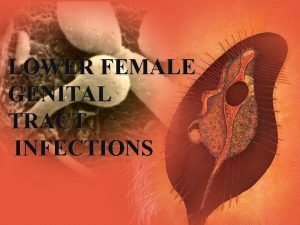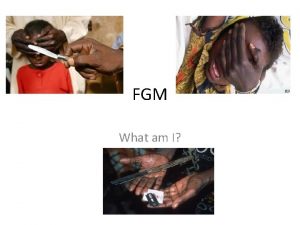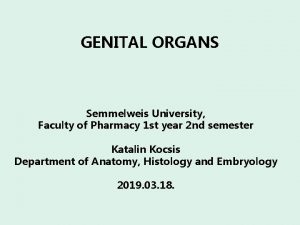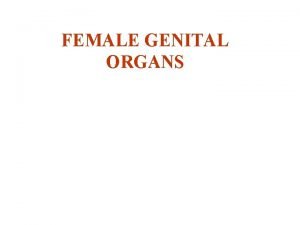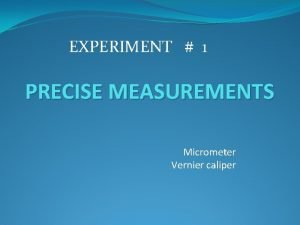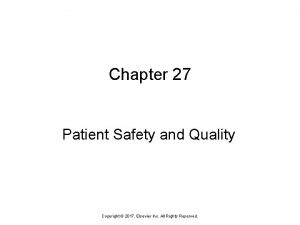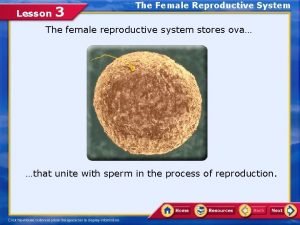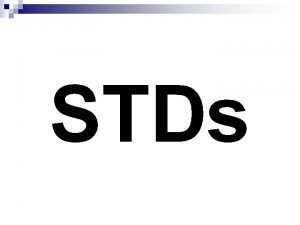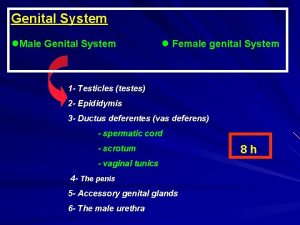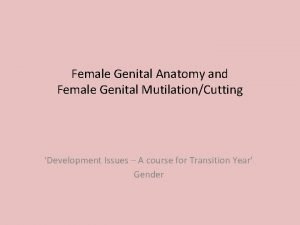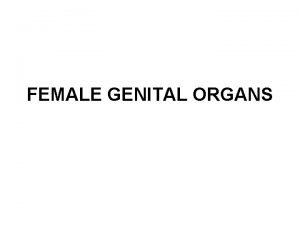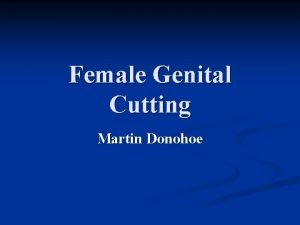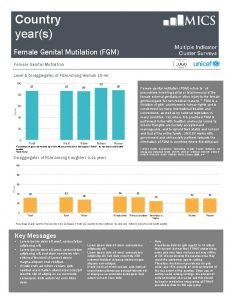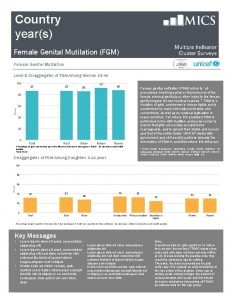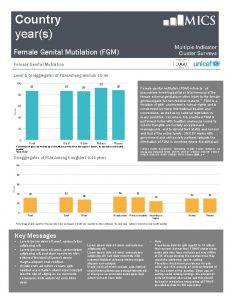VSR Unit 5 Surgical Affections of Female Genital














- Slides: 14

VSR Unit 5: Surgical Affections of Female Genital System Dr. Ramesh Tiwary Assistant Professor Deptt. of Veterinary Surgery and Radiology

Pyometra • Pyometra is a diestral disorder resulting from interaction of bacteria with an abnormal endometrium that is subjected to pathological changes caused by an exaggerated response to progesterone stimulation. • Collection of purulence within the uterus. • Open/Closed Is a closed pyometra a true surgical emergency? Yes. “The sun should never set on a closed pyometra. ”

• When is pyometra most frequently diagnosed? • 1 -4 weeks after estrus in intact female cats • 4 -8 weeks after estrus in intact female dogs CBC • Leukocytosis • Neutrophilia • Nonregenerative anemia • Serum urea nitrogen Increased • Creatinine Increased • C-reactive protein Elevated

Radiography • LA/VD/DV Caudal Abdomen LA VD

Ultrasonography D. Diganosis: Pyometra, CEH PD Pyometra CEH Pregnancy

• OVH: Midventral approach through linea alba

Prognosis • Persistent postoperative elevation of BUN , CRP and marked neutrophilia (continuing through day 3– 4 postoperatively) may indicate poor prognosis or complicated recovery requiring more intense medical care

Uterine Stump Pyometra • Uterine stump pyometra: The animals have elevated blood progesaterone levels. • The source of progesterone may be from residual ovarian tissue (incomplete removal) • Exogenous, from progestational compounds used to treat dermatitis • Any remaining ovarian tissue should be removed. • Pus-fi lled residual uterine tissue excised at the level of, or including, the cervix. • Prevented by complete removal of the ovaries during OVH. • Common problem in Dog with residual ovarian tissue

Vaginal Cyst • Drain cyst and inject irritant to destroy fluid secreting membrane

Vaginal Hyperplasia • Vaginal hyperplasia: originate from a stalk of mucosa on the floor of the vagina. • Vaginal prolapse involves the 360 degree protrusion of mucosa • Vaginal prolapse will spontaneously resolve when estrogen influence diminishes

Vaginal Tumor • Most vulvar-vaginal tumors occur in old (10 years or older) • Benign vulvar-vaginal tumors are most common and respond to local excision • Fibroleiomyoma is the most common benign tumor.

Cystic ovary/Tumor • Persistent signs of estrus can be present if a functional ovarian cyst or neoplasm develops in the ovarian tissue.

CTVT • Chemotherapy: Inj. Vincritine sulphate @0. 025 mg/kg body wt. IV (1 mg=40 kg) Ø Extravascular injection creates severe tissue injury

Extra-genital Transmissible Venereal Tumor In Male Dogs 2 WKs Post Treatment 4 WKs Post Treatment
 Humid seal of soft affections analysis
Humid seal of soft affections analysis Set your affections on things above
Set your affections on things above Defense mechanism of female genital tract
Defense mechanism of female genital tract Female genital mutilation
Female genital mutilation Normal position of uterus
Normal position of uterus Fornix of vagina
Fornix of vagina Fgm pictures
Fgm pictures Function of fallopian tube
Function of fallopian tube Portal vsr
Portal vsr Objective of vernier caliper
Objective of vernier caliper A newly admitted patient was found wandering
A newly admitted patient was found wandering Chapter 27 patient safety and quality
Chapter 27 patient safety and quality Lesson 3 the female reproductive system
Lesson 3 the female reproductive system Unit 10, unit 10 review tests, unit 10 general test
Unit 10, unit 10 review tests, unit 10 general test Std from oral
Std from oral


